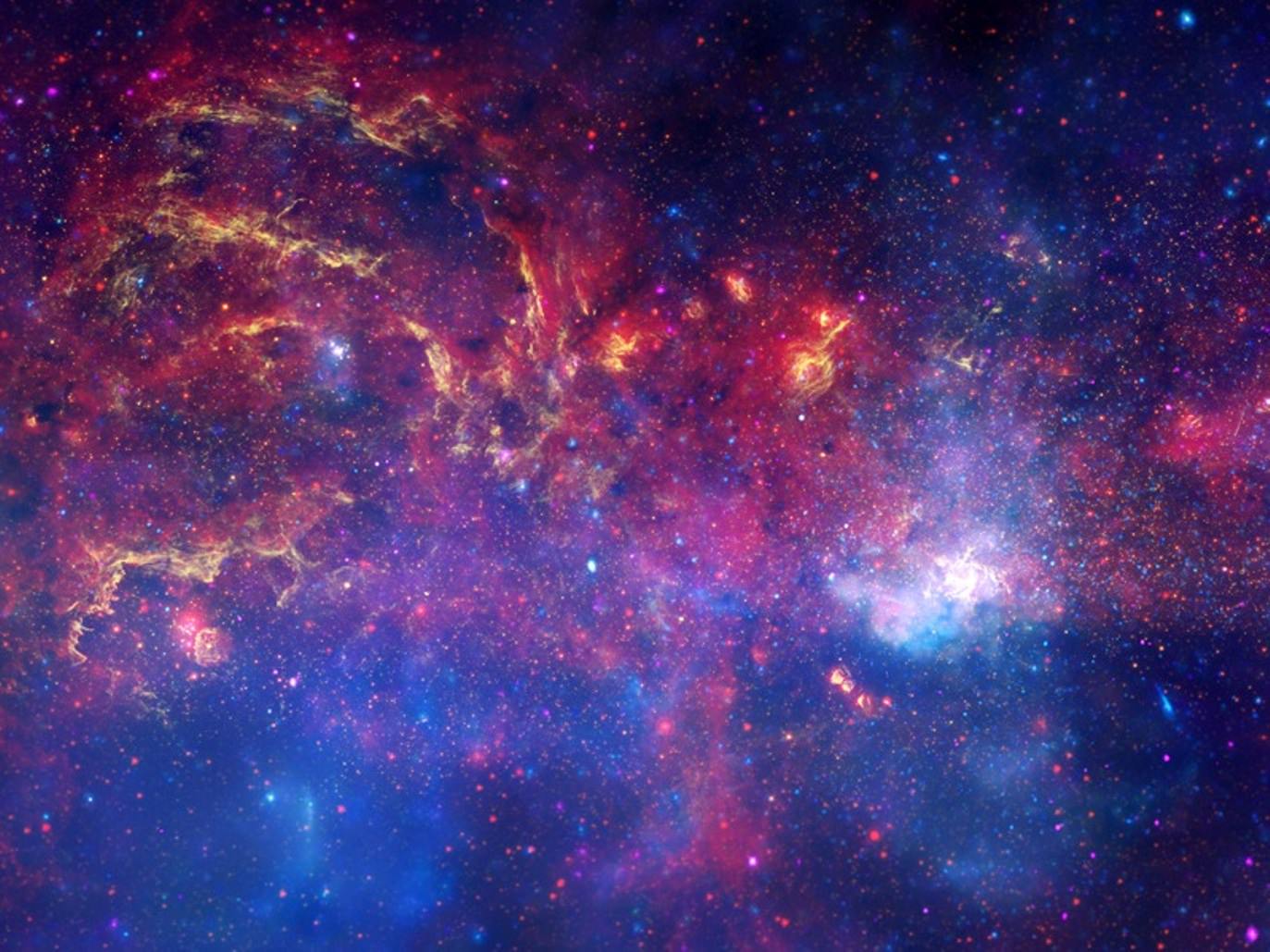The Cosmos with the Great Attractor
The Great Attractor is a gravitational anomaly in intergalactic space and the apparent central gravitational point of the Laniakea Supercluster. The observed anomalies suggest a localized concentration of mass thousands of times more massive than the Milky Way. However, it is inconveniently obscured by our own Milky Way‘s galactic plane, lying behind the so-called Zone of Avoidance (ZOA), so in visible wavelengths the Great Attractor is difficult to observe directly.
The anomaly is observable by its effect on the motion of galaxies and their associated clusters over a region hundreds of millions of light-yearsacross. These galaxies are observable above and below the ZOA; all are redshifted in accordance with the Hubble Flow, indicating that they are receding relative to us and to each other, but the variations in their redshifts are large enough and regular enough to reveal that they are slightly drawn towards the anomaly. The variations in their redshifts are known as peculiar velocities, and cover a range from about +700 km/s to −700 km/s, depending on the angular deviation from the direction to the Great Attractor.
